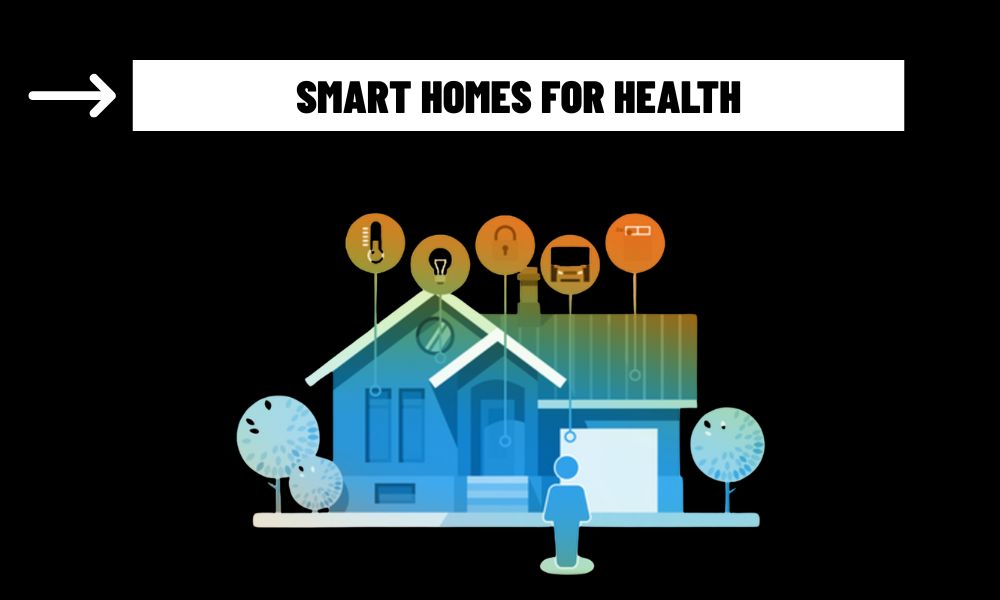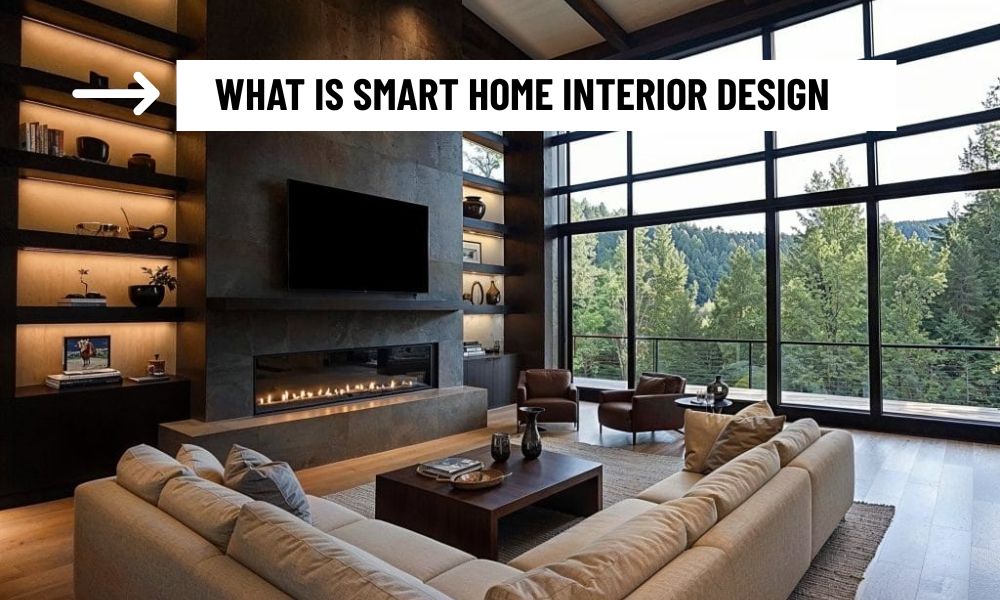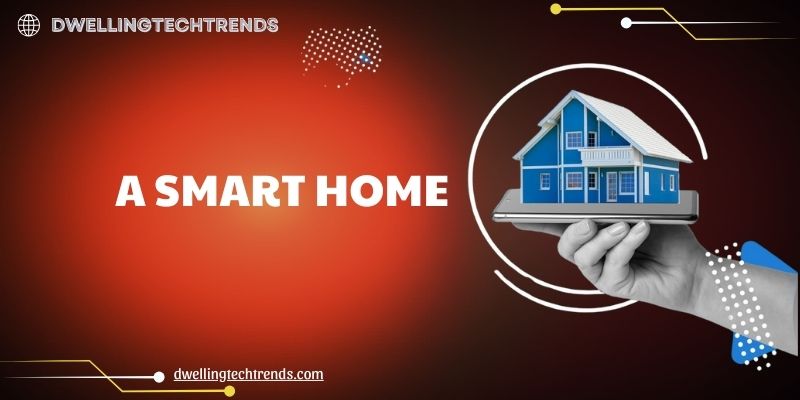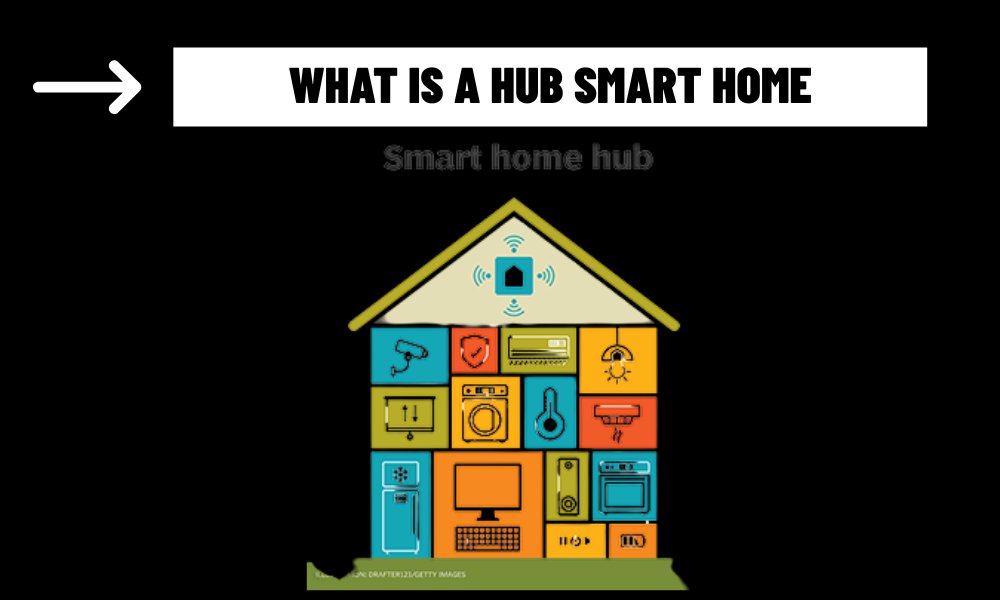Smart homes are evolving beyond convenience and security to prioritize resident health and well-being. By integrating sensors that monitor air quality, humidity, and health data from wearables, alongside Human-Centric Lighting (HCL) and smart water filtration systems, these homes create environments that actively support physical and mental wellness. This article explores how these technologies work together to enhance health, their benefits, challenges, and the future of health-focused smart homes.
Contents
The Role of Health-Focused Smart Home Technologies
Modern smart homes leverage advanced sensors and systems to foster healthier living spaces. Air quality sensors, such as those in Awair devices, detect pollutants like volatile organic compounds (VOCs) or particulate matter, triggering air purifiers or ventilation systems to maintain clean air.
Humidity sensors, integrated into devices like Ecobee thermostats, monitor moisture levels to prevent mold growth or overly dry conditions, optimizing respiratory health. Wearable health monitors, such as Fitbit or Apple Watch, sync with smart home systems to provide real-time data on heart rate, sleep patterns, or stress levels, enabling personalized environmental adjustments.
Human-Centric Lighting (HCL) mimics natural daylight cycles to support circadian rhythms. Systems like Philips Hue’s tunable white bulbs adjust color temperature—cool blue in the morning for alertness, warm amber at night for relaxation—improving sleep quality and mood. Smart water filtration systems, such as those from Brita or Culligan, monitor water quality, removing contaminants like lead or chlorine while ensuring optimal pH levels for drinking and bathing, directly impacting hydration and skin health.
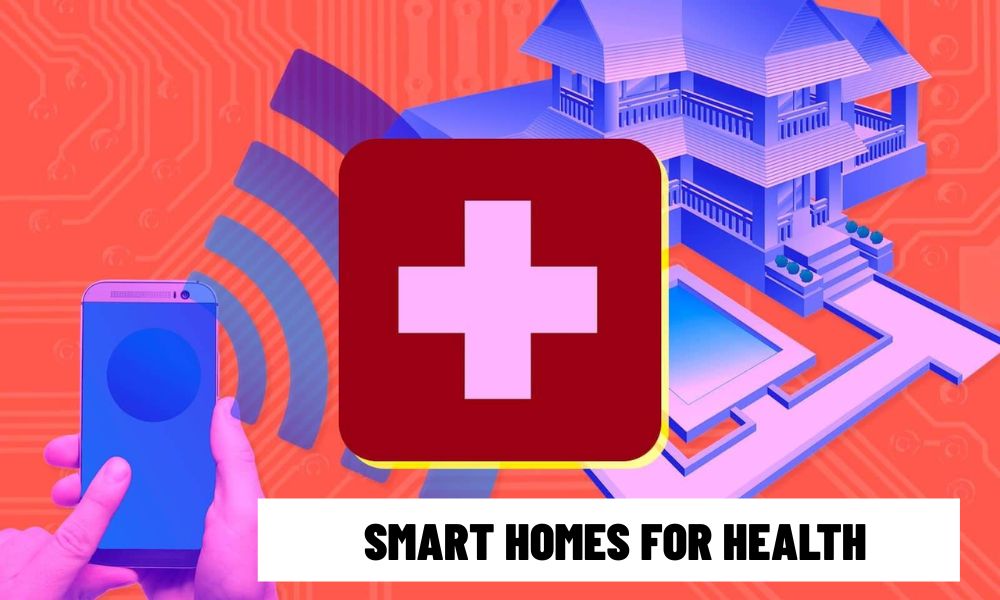
How These Systems Work
The integration of these technologies relies on a cohesive IoT ecosystem. Sensors collect data—air quality sensors use laser-based particle counters, humidity sensors employ capacitive elements, and wearables rely on optical heart rate monitors. This data is transmitted via Wi-Fi or Zigbee to a central hub or cloud platform, where AI analyzes it to trigger actions. For example, if an air quality sensor detects high CO2 levels, it may activate a ventilator, while a wearable detecting poor sleep could prompt HCL to dim lights earlier. Smart water filters use inline sensors to monitor contaminant levels, alerting users to replace filters or automatically ordering replacements via apps.
Cloud connectivity enables remote monitoring, allowing residents to check air quality or water purity from smartphones. Local processing, as seen in Apple HomeKit-compatible devices, ensures rapid responses, like adjusting humidity during a sudden weather change. These systems integrate seamlessly, creating routines where poor air quality triggers both purifiers and HCL adjustments to enhance comfort.
Benefits for Resident Health
The health benefits of these smart home technologies are profound. Clean air reduces respiratory issues and allergies, with studies showing a 30% decrease in asthma symptoms in homes with air purifiers. Optimal humidity levels prevent skin irritation and infections, particularly in dry climates.
Wearable integration allows tailored environments—high stress detected by a smartwatch could dim lights and play calming music, reducing cortisol levels. HCL improves sleep by aligning lighting with circadian rhythms, with research indicating a 15% increase in sleep efficiency.
Smart water filtration ensures safe drinking water, reducing risks of gastrointestinal issues and supporting overall wellness. Collectively, these systems create environments that proactively enhance physical and mental health.
Challenges and Solutions
Implementing health-focused smart homes faces hurdles. Privacy is a concern, as sensors and wearables collect sensitive health data, requiring end-to-end encryption and minimal cloud storage. Compatibility issues arise when devices from different brands fail to integrate, though standards like Matter are improving interoperability. High costs can limit accessibility, but modular systems allow gradual adoption.
Maintenance, such as replacing water filters or calibrating sensors, demands user diligence, which apps can simplify through reminders. Ensuring accuracy in air quality or health data is critical, with AI-driven calibration addressing sensor drift over time.
Future Potential
The future of health-focused smart homes is promising. AI will enhance sensor precision, predicting health risks like asthma triggers based on air quality trends. Wearables may integrate with medical-grade sensors to monitor chronic conditions, syncing with home systems to adjust environments. HCL will evolve with adaptive algorithms, personalizing light exposure based on individual circadian profiles. Smart water systems could incorporate real-time pathogen detection, ensuring water safety during outbreaks. As 5G and energy-harvesting sensors reduce latency and maintenance, these technologies will become more accessible, creating homes that act as proactive health guardians.
Smart homes integrating air quality, humidity, and health-monitoring sensors, alongside HCL and smart water filtration, represent a new frontier in wellness-focused living. By creating environments that actively support respiratory health, sleep quality, and hydration, these technologies enhance resident well-being. While challenges like privacy and cost remain, advancements in AI, connectivity, and affordability are driving progress. As smart homes evolve, they will not only anticipate resident needs but also safeguard their health, redefining the meaning of a healthy home.
